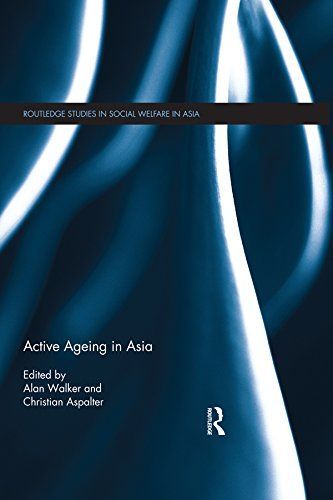
Active Ageing in Asia
East Asian societies are changing rapidly, and one of the most important facets of this transformation is population the ageing. of society. "Active ageing" is one of the few concepts available today to effectively address the problems arising from a highly-aged and, particularly in East Asia, fast-ageing society, offering a new social policy paradigm to redirect and innovate new social policies, particularly social services, social transfers, social regulations and laws, towards more investment in and support of the fast rising number of olderelderly citizens. This book focuses on the experiences of East Asian societies where active ageing has been implemented. It presents a thorough analysis of the concept of active ageing and its potential and problems of implementations in different stages of development in East Asia, whilst providing theoretical clarity to, and broadening the concept of, active ageing. Further, the country-focused case studies explore how to design, pursue, measure and evaluate social policies, highlight the problems related to the implementation of the concept of active ageing in social policy and outline the practical implications of active ageing theory forin policy making. Active Ageing in Asia will appeal to students and scholars of social and public policy, social work, gerontology and health and social administration, as well as to policy makers working in the field.